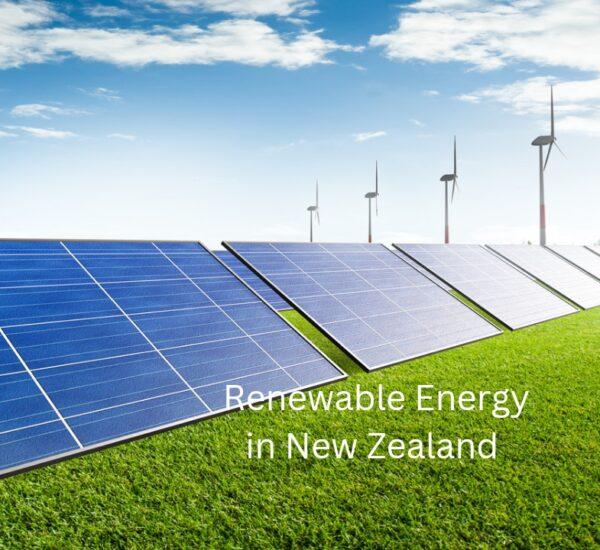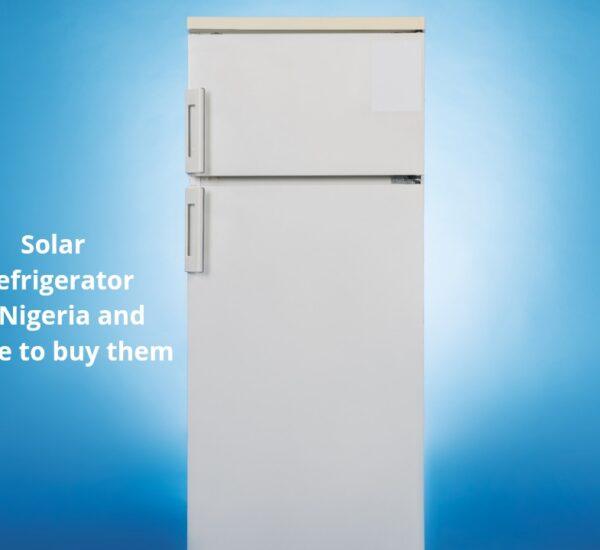Direct Air Capture has received an increasing amount of attention due largely to development and deployment by a limited number of start-ups. There is also a growing body of research on new materials and processes for Direct Air Capture.
Besides that, there’s a need to understand the financial costs and environmental impacts associated with Direct Air Capture. Read along to learn more about Direct Air Capture.

What is Direct Air Capture?
Direct air capture is a method that uses chemical reactions to take carbon dioxide out of the air. When air passes over these substances, they react and trap CO2 while letting the other elements of the air pass through.
Today’s top systems use either liquid solvents or solid sorbents, which are composed of common compounds that are already in use in other applications today, from soap to water filtering.
Read- Point Source Carbon Capture.
How does the direct air capture work?
Direct air capture is a method of technology that uses chemical reactions or liquid and solid DAC technology to pull carbon dioxide out of the air. When this chemical reaction happens, air moves over it, then it separately reacts with a trap of CO2, permitting the other components of air to pass through it.
Read- Fuel Cells: Basics, Meaning, How it works, and Types.
2 Technologies to capture CO2 from the Air?
Currently, liquid and solid DAC technologies are being employed to extract CO2 from the atmosphere. Solid sorbent filters used in solid DAC technology bind to CO2 chemically. When the filters are heated, concentrated CO2 is released, which can be gathered for usage or storage.
Air is passed through chemical solutions in liquid systems, such as a hydroxide solution, which eliminates CO2 while releasing the remaining air back into the environment. Electro-swing adsorption and membrane-based separation are two cutting-edge methods that are currently in the prototype stage.
Read- Electrolyzers- All you need to know.
1. Solid Direct Air Capture (S-DAC)
This particular method of direct air capture relies on solid adsorbents that cycle through adsorption and desorption. While the desorption occurs by a temperature-vacuum swing process, where CO2 is emitted at low pressure and medium temperature (80–100°C), the adsorption occurs at ambient temperature and pressure.
When local conditions permit, a single adsorption/desorption device can absorb water from the atmosphere and capture several tens of tonnes of CO2 annually (for example, 50 tCO2/year) (early prototypes could remove around 1 tonne of water per tonne of CO2).
An S-DAC plant can have as many units as necessary because it is meant to be modular. For example, the largest S-DAC unit currently in operation absorbs 4,000 tonnes of CO2 annually.
Read- Geothermal Heating: How it works and how long it lasts.
2. Liquid DAC (L-DAC)
Two closed chemical loops serve as the foundation for liquid direct air capture. The first loop occurs in the contactor, a device that mixes atmospheric air with an aqueous basic solution (like potassium hydroxide) to absorb CO2.
The second loop uses a series of high-temperature (between 300°C and 900°C) devices to release the trapped CO2 from the solution. A large-scale L-DAC system can capture around 1 MtCO2/year of atmospheric carbon dioxide. Depending on the local weather, a water top-up may be necessary.
For instance, in ambient conditions of 64 percent relative humidity and 20°C, approximately 4.7 tonnes of water would be needed for every tonne of harvested CO2.
6 Features of Solid and Liquid Direct Air Capture?
Solid direct air capture and liquid direct air capture have distinct features that may offer particular advantages depending on the environment in which they are operating.
- Both have the capacity to either permanently store CO2 taken from the atmosphere or serve as a source of CO2 that is climate neutral and usable in products.
- Since neither alternative competes with the food or bioenergy industries for the use of land, they do not require valuable arable land that would be suited for agriculture.
- They are suitable for large-scale operations (L-DAC), as well as small-scale but modular operations that are scalable. They operate at various temperatures (S-DAC).
- The size of the plant, its energy consumption, as well as its operational requirements, affect its capital and operating expenses (with total costs rising with overall size).
- While S-DAC depends on batch operation, requiring multiple units in parallel, some of which are actively capturing CO2 in operation and others of which are regenerating, releasing the captured CO2 from the filters. But L-DAC is theoretically capable of operating continuously at continuous state without interruption (apart from routine maintenance).
- The operation of Direct Air Capture is also impacted by the demand for water; whereas S-DAC can generate water by drawing it from the atmosphere, L-DAC requires water to run continuously.
How expensive is direct air capture?
Direct Air Capture can amount to $500 to $600 per ton. These are reports from direct Air capture companies.
What is a direct air capture plant?
Direct air capture plant permits removing of CO2 from the atmosphere and reusing or storing it. The largest direct air capture plant is built in the United States of America. Companies like Shopify and Microsoft buy into direct air capture to cancel out their emissions.
Conclusion
Direct air capture helps to remove carbon dioxide from the air with the help of chemical reactions. Significant global climate change has been linked to the rise in atmospheric CO2 levels caused by the burning of fossil fuels for more than a century.
Humanity will continue to rely mostly on fossil fuels for the next few decades as the increase in global population drives continuous increases in their use.



